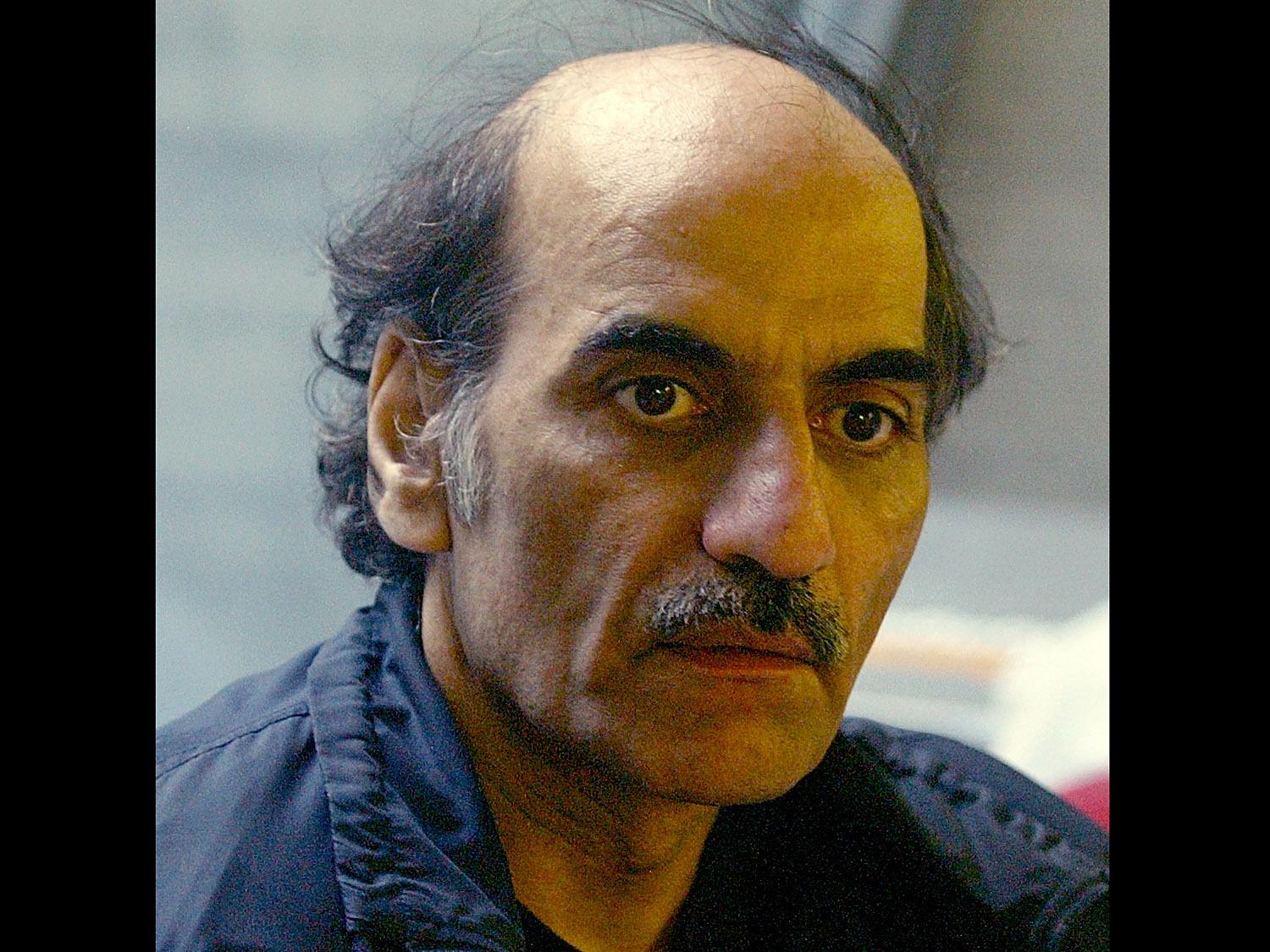
An Iranian man who lived for 18 years in Paris’ Charles de Gaulle Airport and whose saga loosely inspired the Steven Spielberg film The Terminal has died in the airport that he long called home.
Mehran Karimi Nasseri, 76, died on Saturday after a heart attack in the airport’s Terminal 2F around midday, according to an official with the Paris airport authority. Police and a medical team treated him but were not able to save him.
Nasseri lived in the airport’s Terminal 1 from 1988 until 2006, first in legal limbo because he lacked residency papers and later, apparently by choice.
He slept on a red plastic bench surrounded by boxes of newspapers and magazines and showered in staff facilities. He spent his time writing in his diary, reading magazines, studying economics, and surveying passing travellers.
Staff nicknamed him Lord Alfred, and he became a mini-celebrity among passengers.
“Eventually, I will leave the airport,” he told The Associated Press in 1999, smoking a pipe on his bench, looking frail with long thin hair, sunken eyes and hollow cheeks. “But I am still waiting for a passport or transit visa.”
Nasseri was born in 1945 in Soleiman, a part of Iran then under British jurisdiction, to an Iranian father and a British mother. He left Iran to study in England in 1974. When he returned, he said, he was imprisoned for protesting against the shah and expelled without a passport.
He applied for political asylum in several countries in Europe, including the UK, but was rejected. Eventually, the UN refugee agency in Belgium gave him refugee credentials, but he said his briefcase containing the refugee certificate was stolen at a Paris train station.
French police later arrested him, but couldn’t deport him anywhere because he had no official documents. He ended up at Charles de Gaulle in August 1988, where he stayed.
Further bureaucratic bungling and increasingly strict European immigration laws kept him in a legal no-man’s land for years.
When he finally received refugee papers, he described his surprise – and his insecurity – about leaving the airport, the authority official said. He reportedly refused to sign them and ended up staying there several more years until he was hospitalised in 2006, and later lived in a Paris shelter.
Those who befriended him in the airport said the years of living in the windowless space took a toll on his mental state. The airport doctor in the 1990s worried about his physical and mental health, and described him as “fossilised here.” A ticket agent friend compared him to a prisoner incapable of “living on the outside”.
In the weeks before his death, Nasseri had gone back to living at Charles de Gaulle.
Nasseri’s mind-boggling tale loosely inspired Steven Spielberg’s 2004 movie The Terminal starring Tom Hanks, as well as a French film Lost in Transit, and an opera called Flight.
In The Terminal, Hanks plays Viktor Navorski, a man who arrives at JFK airport in New York from the fictional eastern European country of Krakozhia and discovers an overnight political revolution has invalidated all his travelling papers. Navorski is dumped into the airport’s international lounge and told he must stay there until his status is sorted out, which drags on as unrest in Krakozhia continues.
According to the New York Times, Spielberg purchased the rights to Nasseri’s life story through his production company DreamWorks, paying roughly $250,000.
Nasseri also wrote an autobiography titled The Terminal Man published in 2004.







